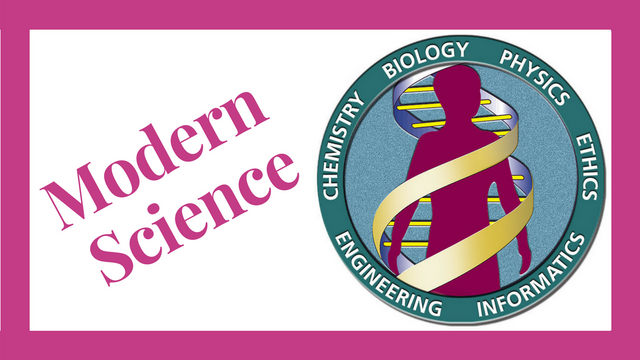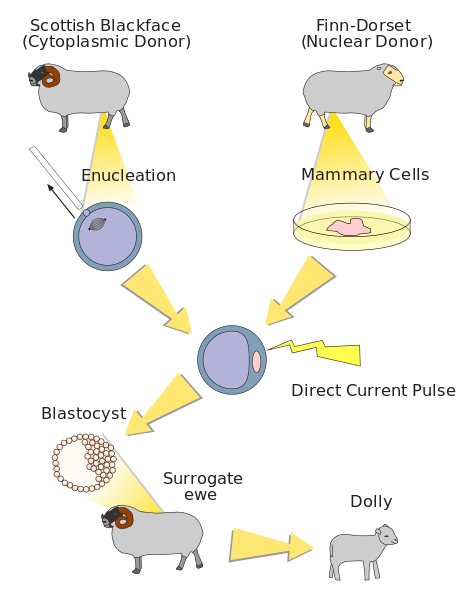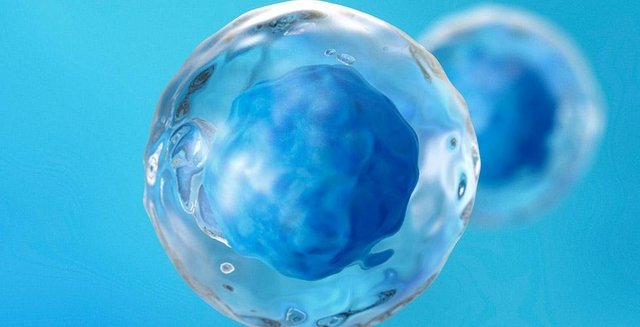Modern Science
The Best Or Worst of Modern Science
The Beginning of Change
Just after the analysis of the human genome was announced in February 12, 2001, it was predicted this discovery would change our world and irreversibly alter biotechnology and health care.
Dr Francis Collins, head of the International Genome Project and Dr. Craig Venter, of the research group Celera, had figured out the genetic sequences that make up the 23 pairs of chromosomes in each human cell. They had opened The Book of Life, Chapter 1.
Hardly a week goes by without an article on cloning, the sale of human eggs and sperm, surrogate mothering, fertility clinics and the growth of human tissue using sperm cells and their origin. Although these topics may each seem a bit different, they are all linked under the broad label of “genetics.”
Whenever some new scientific breakthrough, technique or discovery pokes another hole into the darkness, it shakes up our view of “how things should be.” When Charles Darwin determined that species could actually change with time and take on characteristics that weren’t part of the “great original plan,” it shook the world. The controversy continues even today, mostly through religious fundamentalists. But then, there are still a few folk out there who believe the Earth is flat.
There will always be mavericks out there that are going to forge ahead. Better it be under some kind of control rather than someone like Brigitte Boissellier, the French chemist who along with others, raced to produce the first cloned human baby. Her claim of success in 2001 was perceived to be a hoax. Dr. Boissellier works for the Raelian religious sect, which believes mankind was created by extraterrestrials.
Fierce Debate
Then there is the matter of embryonic stem cell research, which has triggered a fierce political and ethical debate. This research could revolutionize treatment for people battling diseases such as Parkinson’s, Alzheimer’s, diabetes, spinal cord injury and arthritis.
While stem cells are found in adults and fetuses as well as embryos, only the embryonic cells can transform themselves into any of the body’s specialized cell types.
There are many opponents to the research, particularly the Roman Catholic Church and some (though not all) groups on the Christian right who regard embryos created for in vitro fertilization as human beings. They believe the destruction of five-day old embryos, which occurs when cells are extracted for research, is murder.
On the other side are those who believe we are talking about new hope at the beginning, the middle and the end of life.
No one can say with certainty when, or even whether, stem cell studies will fulfill their early promise. The history of medicine is filled with false starts.
Once again, given the high stakes for patients (and the profits to be made by pioneering scientists and pharmaceutical companies) there is no question that embryonic stem cell research will go forward with private as well as public financing.
Where We Are
As of 2016 there were approximately 570 stem cells in the U.S. They treat everything from sports injuries to cancer. Patients are injected with their own stem cells that have been extracted from their own tissue. These cells are used to perform their normal function.
So far there have not been any extensive clinical trials to provide evidence-based results that substantiate the claims of how successful stem cell treatment is.



